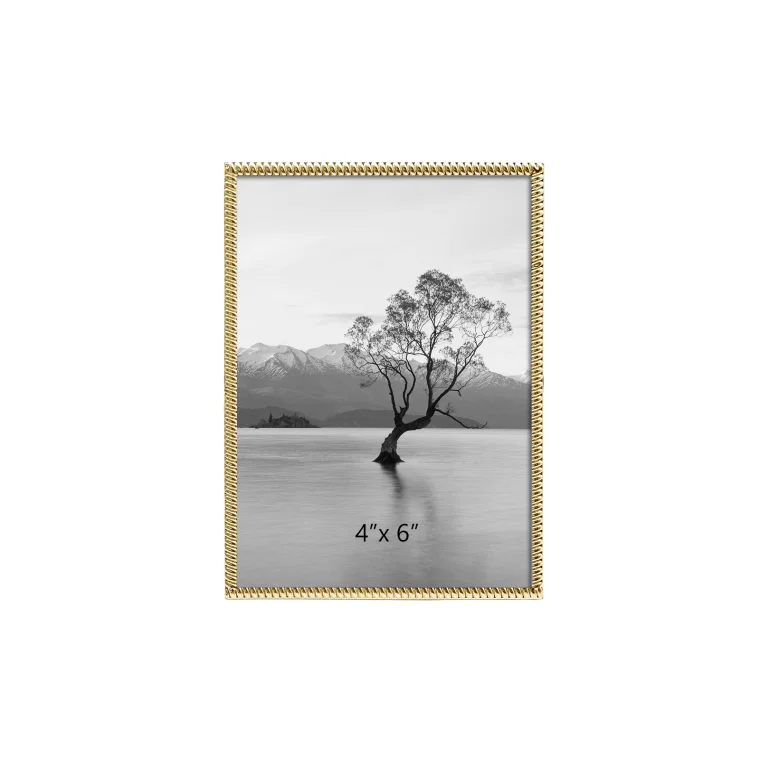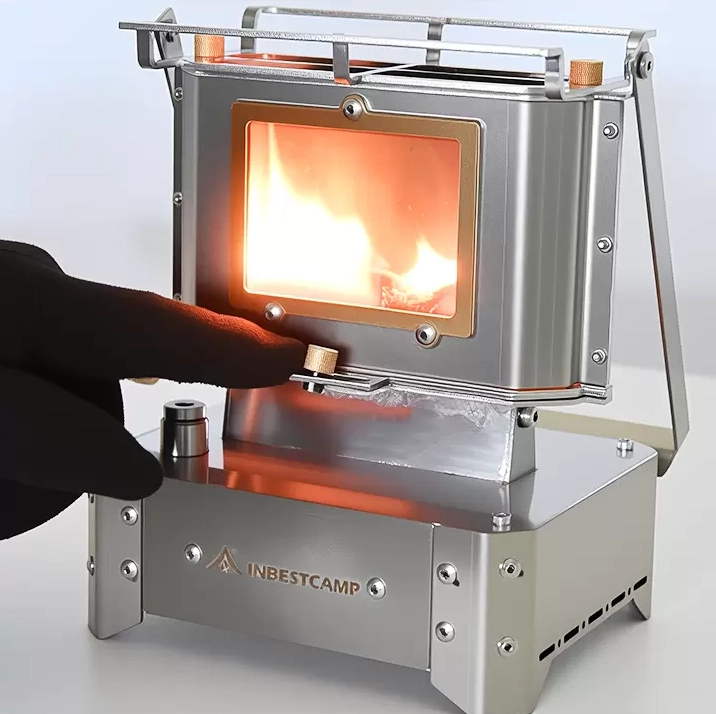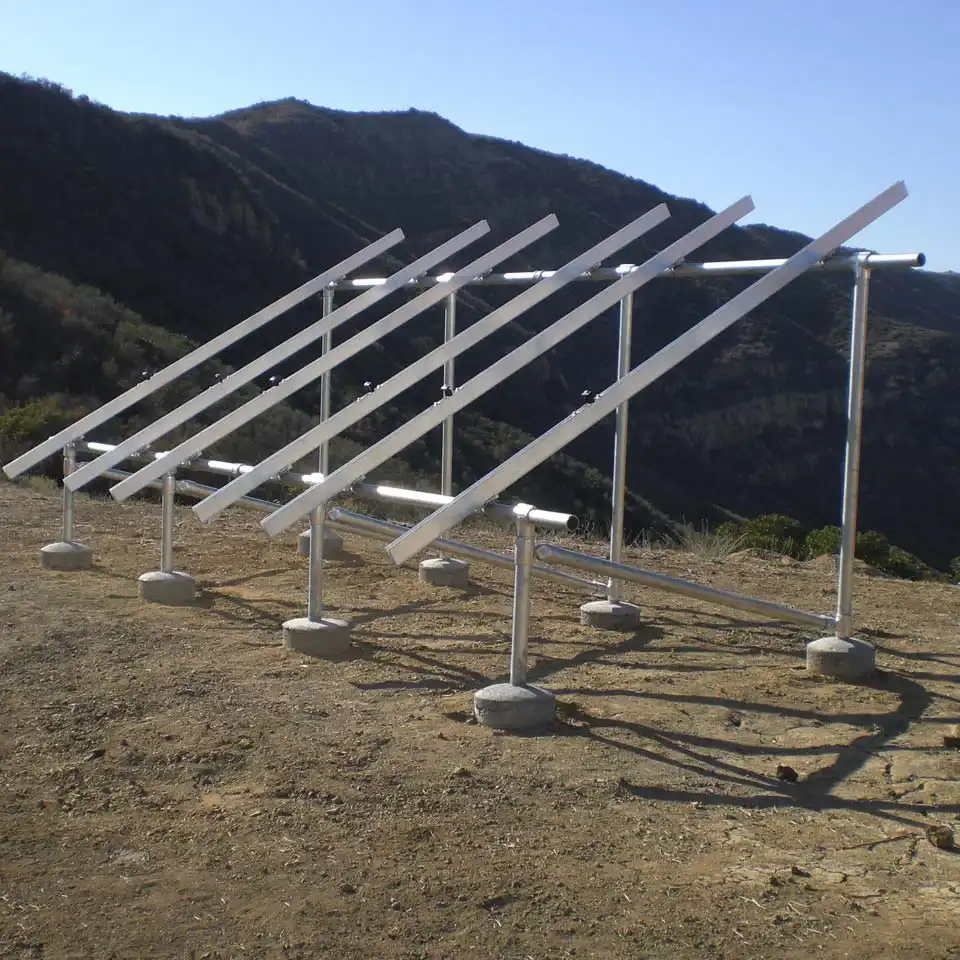Illuminating Your Space: The Ultimate Guide to the Best Lighting for Home Photography
When it comes to capturing stunning photographs at home, lighting is arguably the most critical element. The right lighting can transform an ordinary scene into a breathtaking image, while poor lighting can obscure details and diminish the overall quality of your photos. In this comprehensive guide, we will explore the best lighting techniques and setups for home photography, ensuring that you can achieve professional-quality results without the need for a studio.
Understanding the Basics of Light
Before diving into specific lighting setups, it’s essential to understand the fundamental properties of light. Light can be characterized by its intensity, color temperature, and direction. Each of these factors plays a significant role in how your photographs will turn out.
- Intensity: This refers to the brightness of the light source. Too much intensity can wash out details, while too little can lead to underexposed images. The ideal intensity often depends on the subject and the desired mood of the photograph.
- Color Temperature: Measured in Kelvin (K), color temperature affects the warmth or coolness of your images. Natural daylight is around 5500K, while incandescent bulbs can range from 2700K to 3000K, giving a warmer tone. Understanding color temperature is crucial for achieving accurate skin tones and vibrant colors in your photos.
- Direction: The angle at which light hits your subject can create shadows and highlights that add depth and dimension. Front lighting can flatten features, while side lighting can enhance textures and shapes.
Natural Light: The Photographer’s Best Friend
For many photographers, natural light is the preferred choice for home photography. It’s abundant, free, and can create beautiful, soft images. Here are some tips for utilizing natural light effectively:
- Window Light: Position your subject near a window to take advantage of soft, diffused light. North-facing windows provide consistent, even light throughout the day, while south-facing windows can create brighter, more dynamic lighting conditions.
- Golden Hour: The hour after sunrise and before sunset is known as the golden hour. During this time, the sunlight is softer and warmer, creating a magical glow that enhances portraits and landscapes alike.
- Reflectors: To manipulate natural light, consider using reflectors to bounce light back onto your subject. This technique can fill in shadows and create a more balanced exposure.
Artificial Lighting: Expanding Your Creative Options
While natural light is fantastic, it’s not always available or reliable. This is where artificial lighting comes into play. Here are some common types of artificial lighting used in home photography:
- Continuous Lighting: Continuous lights, such as LED panels or softboxes, provide a constant light source. They allow you to see how the light affects your subject in real-time, making it easier to adjust your setup.
- Speedlights: These portable flash units can be mounted on your camera or used off-camera for more creative lighting options. Speedlights are versatile and can be adjusted for intensity and direction, allowing for dramatic effects.
- Studio Lights: For those serious about home photography, investing in studio lights can be worthwhile. These lights often come with modifiers like softboxes and umbrellas, which help diffuse the light and create a soft, flattering look.
Combining Natural and Artificial Light
One of the most effective strategies for home photography is to combine natural and artificial light. This hybrid approach allows you to harness the best of both worlds. Here’s how to do it:
- Balance Exposure: When using both light sources, ensure that the exposure levels are balanced. You may need to adjust your camera settings or the intensity of your artificial lights to achieve a harmonious look.
- Color Matching: Pay attention to the color temperature of your light sources. If you’re using a warm incandescent bulb alongside natural daylight, consider using gels on your artificial lights to match the color temperature.
- Creative Effects: Experiment with different lighting setups to create unique effects. For instance, you can use a speedlight to create dramatic shadows while relying on natural light for softer highlights.
Conclusion: Crafting Your Perfect Lighting Setup
Finding the best lighting for photos at home is a blend of understanding light properties, utilizing natural and artificial sources, and experimenting with different setups. Whether you’re capturing portraits, still life, or product photography, the right lighting can elevate your images from ordinary to extraordinary.



